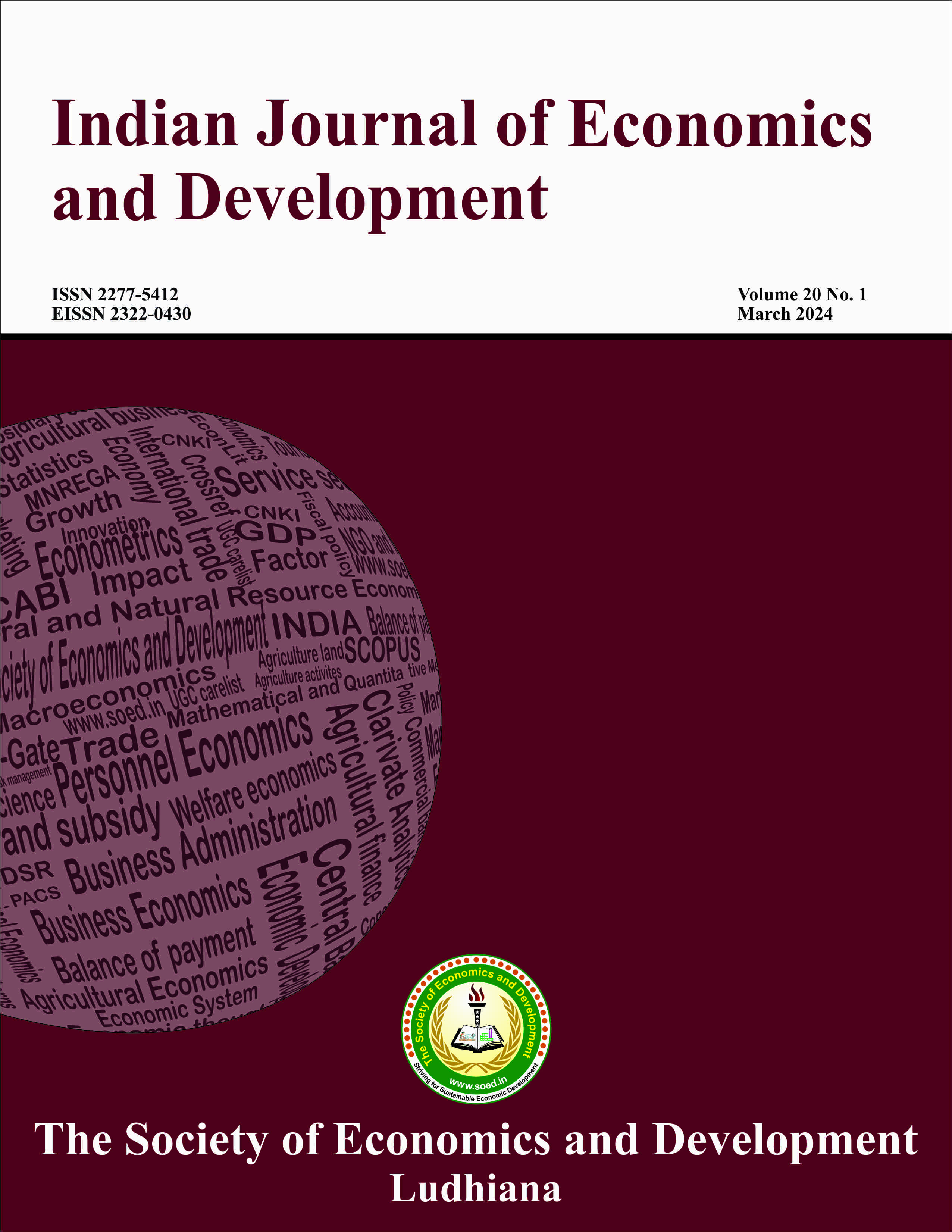Export competitiveness of Turmeric from India

Price: ₹ 500
Author: G.B. Chaitra and J.S. Sonnad
Author Address: Post-Doctoral Fellow, Central University of Punjab, Bathinda-151 401 (Punjab) and 2Professor, Department of Agribusiness Management, College of Agriculture, University of Agricultural Sciences, Dharwad-580005 (Karnataka)
Keywords: Comparative advantage, export, growth rate, RSCA.
JEL Codes: F13, M16, P45, Q17.
Abstract
The study examined the export performance of turmeric from India. The results revealed a positive growth rate in the area, production, productivity, export quantity, and export value of turmeric from India. Karnataka demonstrated the highest CAGR in both area and production of turmeric, while Odisha recorded the highest CAGR in productivity. The results of the transitional probability matrix indicated that Malaysia was the most stable market for Indian turmeric, followed by UAE and Iran. While India had a comparative advantage in turmeric exports, demonstrated by positive RSCA values, it has gradually declined. The export of turmeric was positively influenced by export price and production, whereas the domestic price had a negative effect. Forming turmeric parks would facilitate better promotion of production technology, processing, value addition, marketing, and export of turmeric from India.
Description
Indian J Econ Dev, 2024, 20(1), 43-50
https://doi.org/10.35716/IJED-23125



